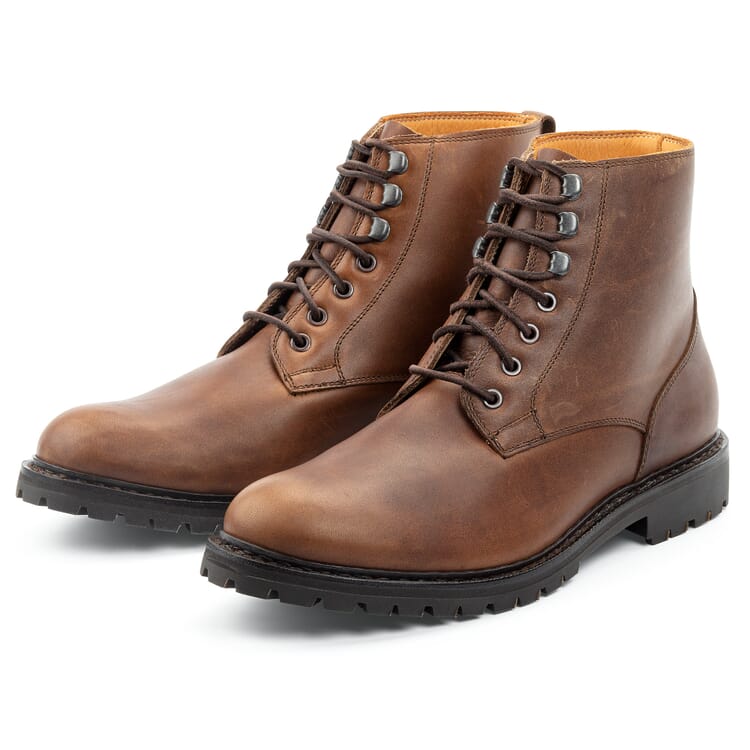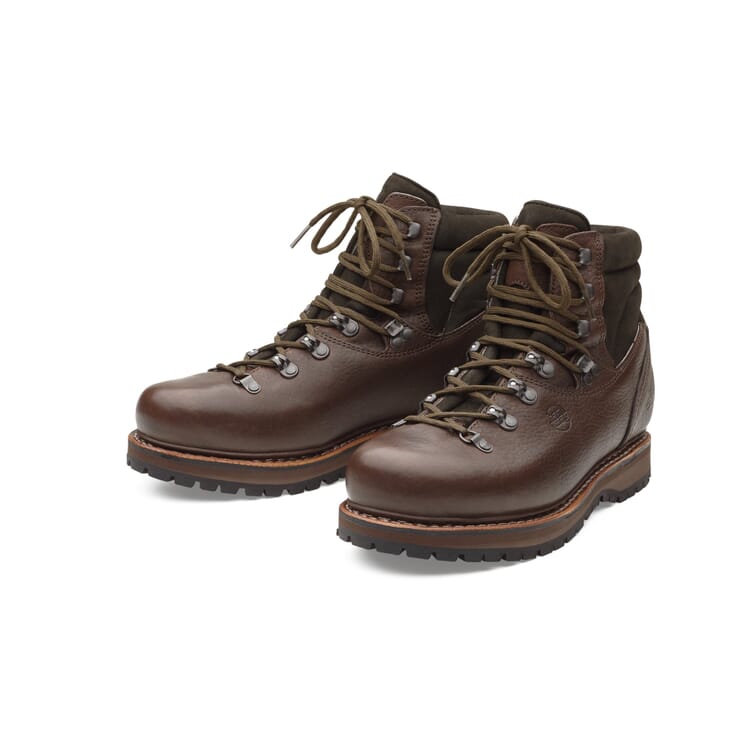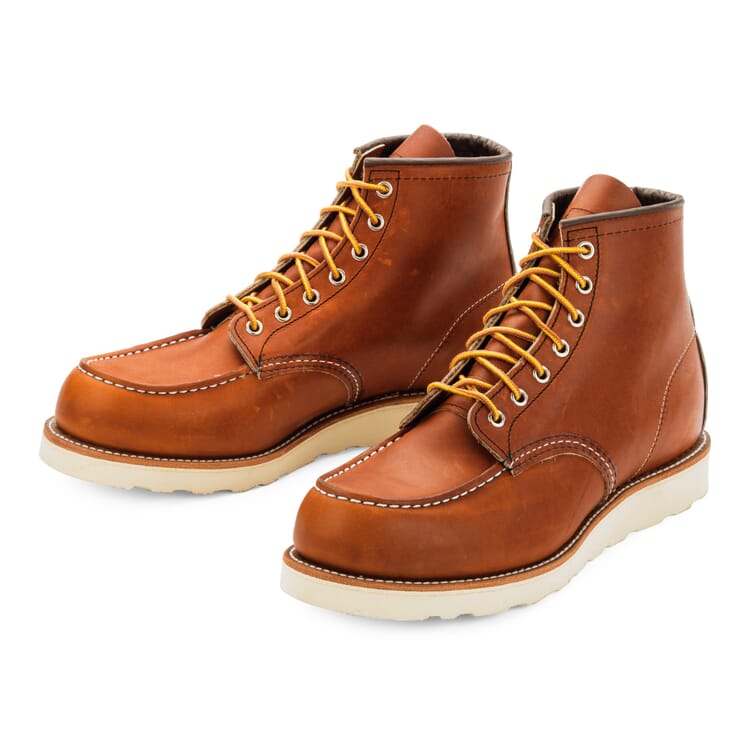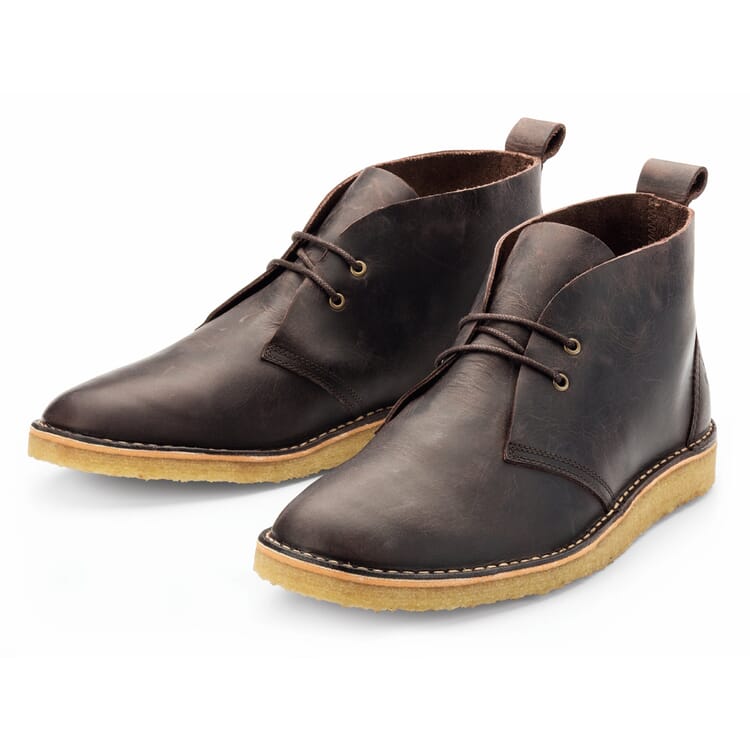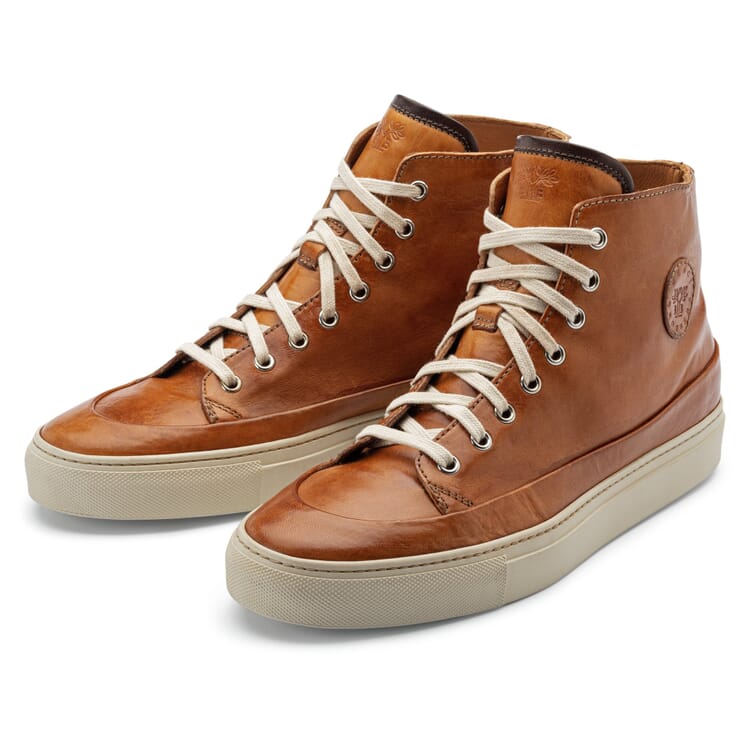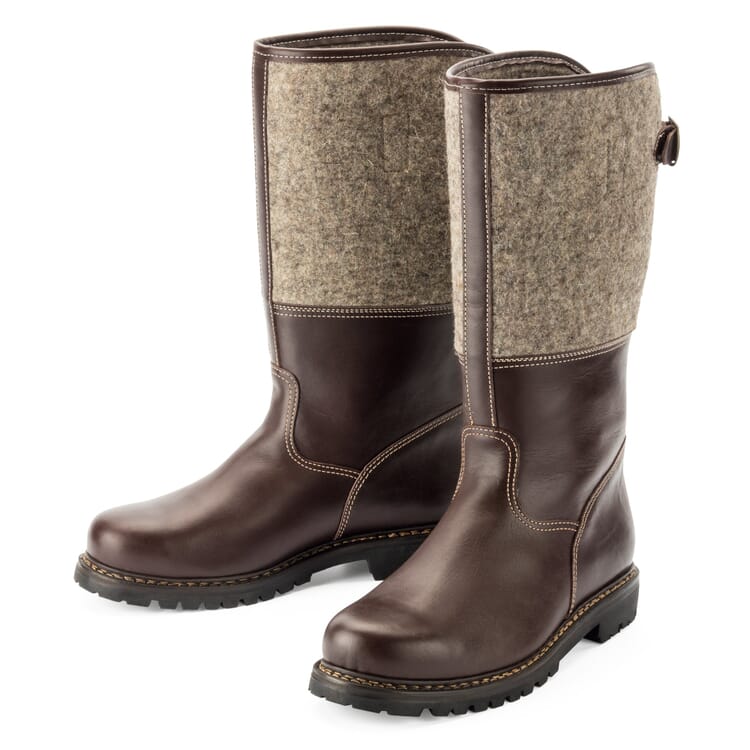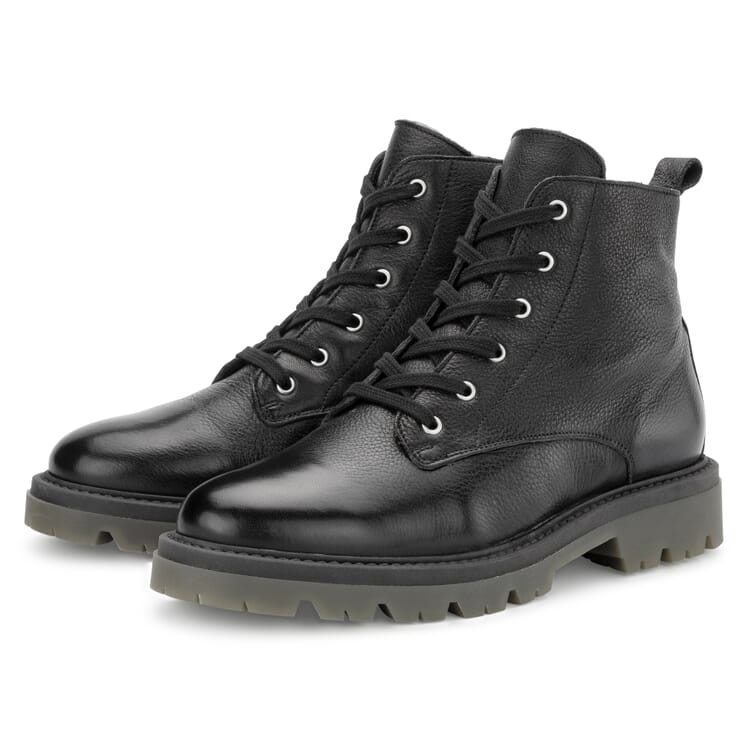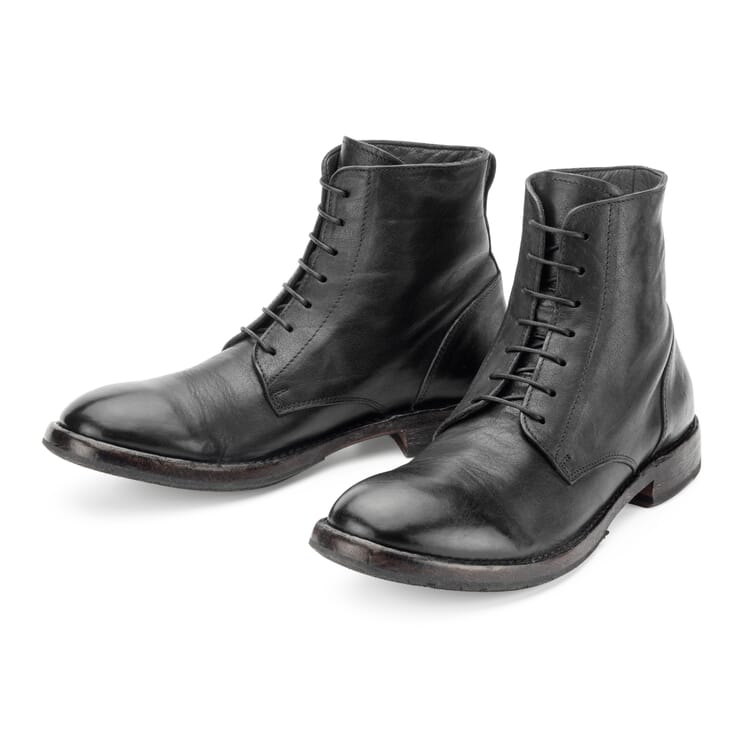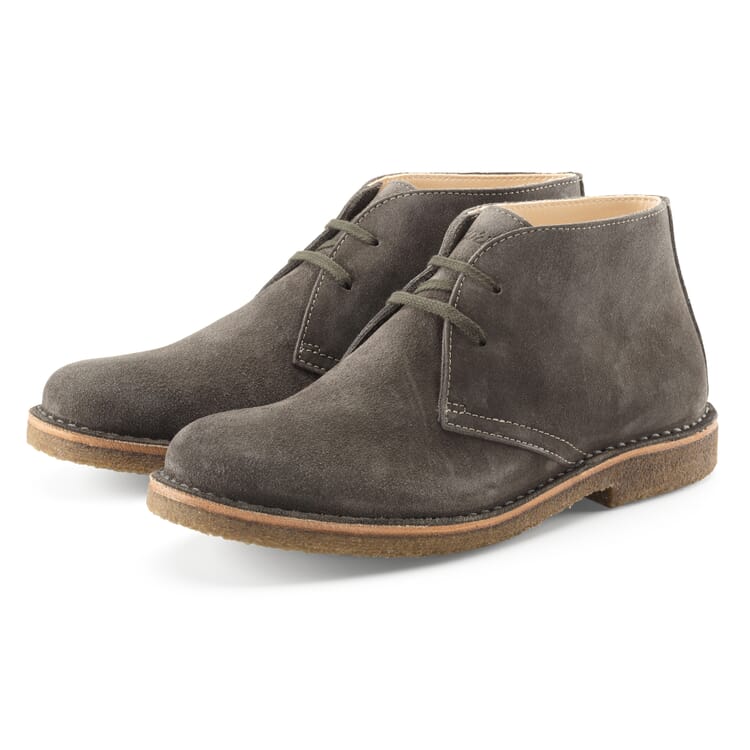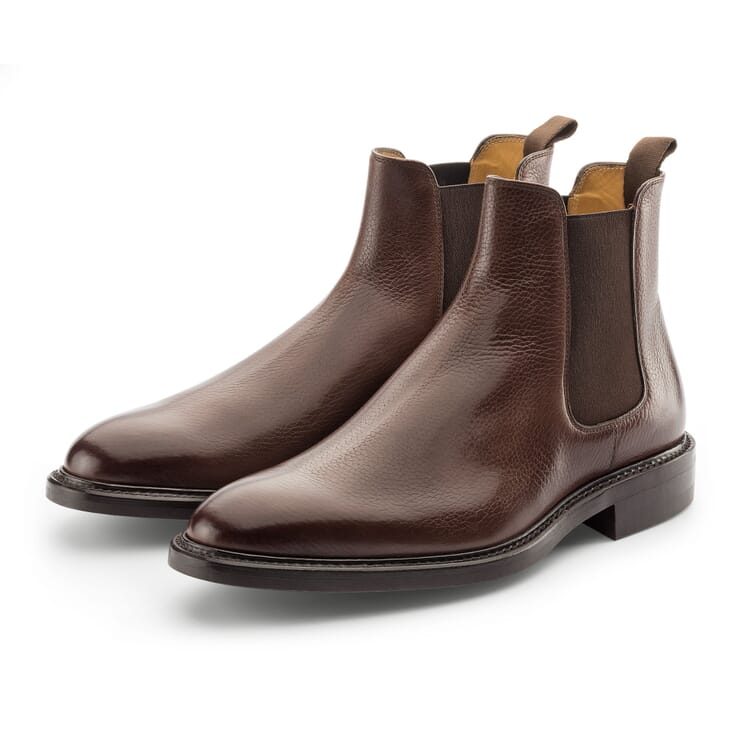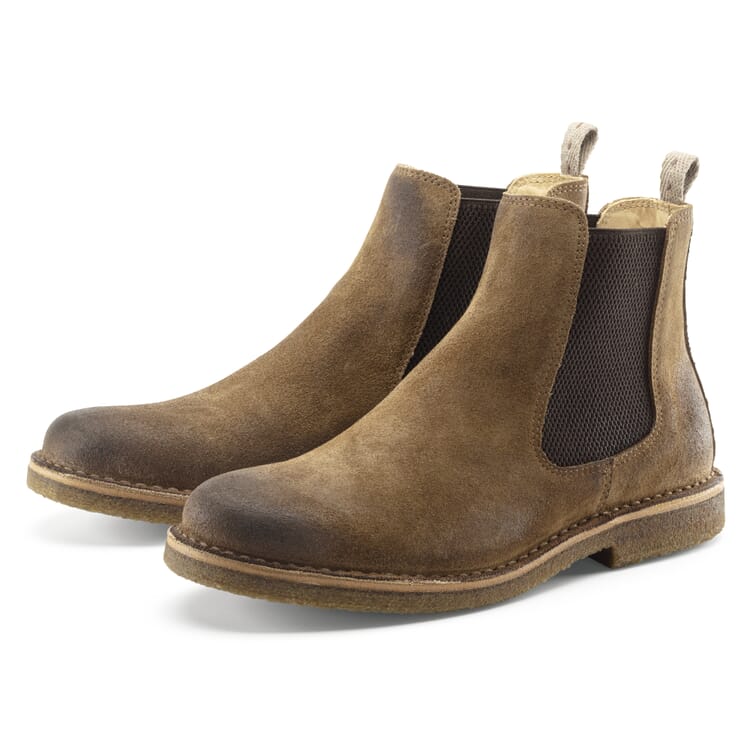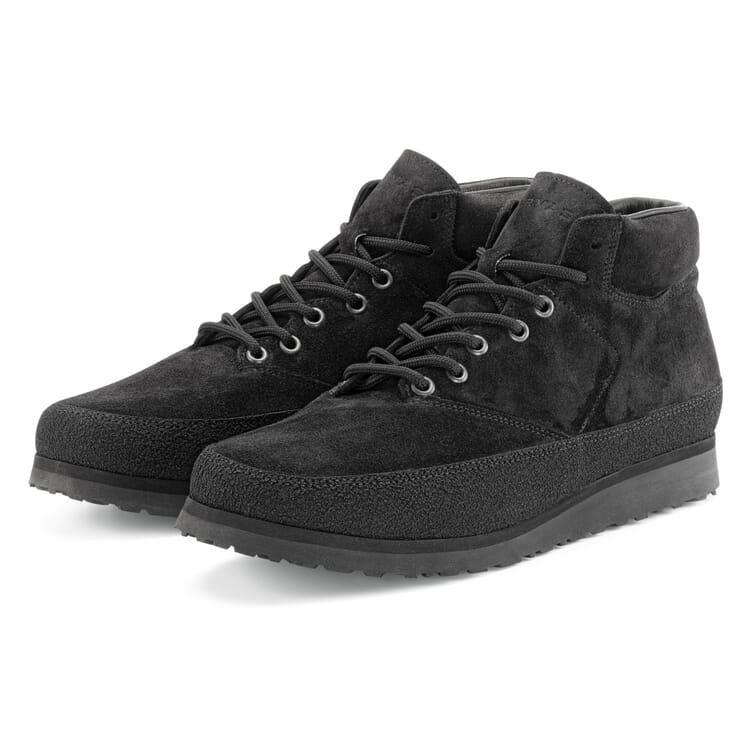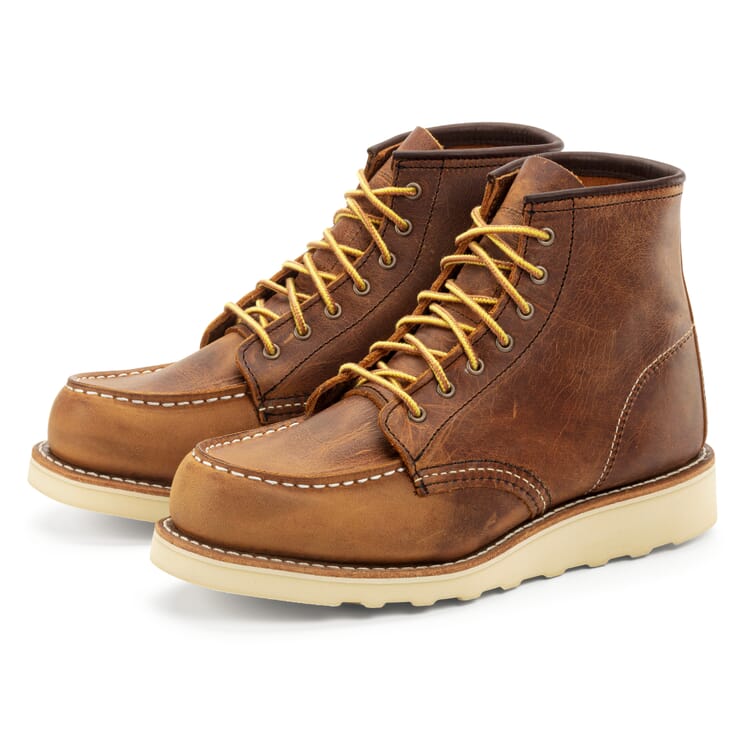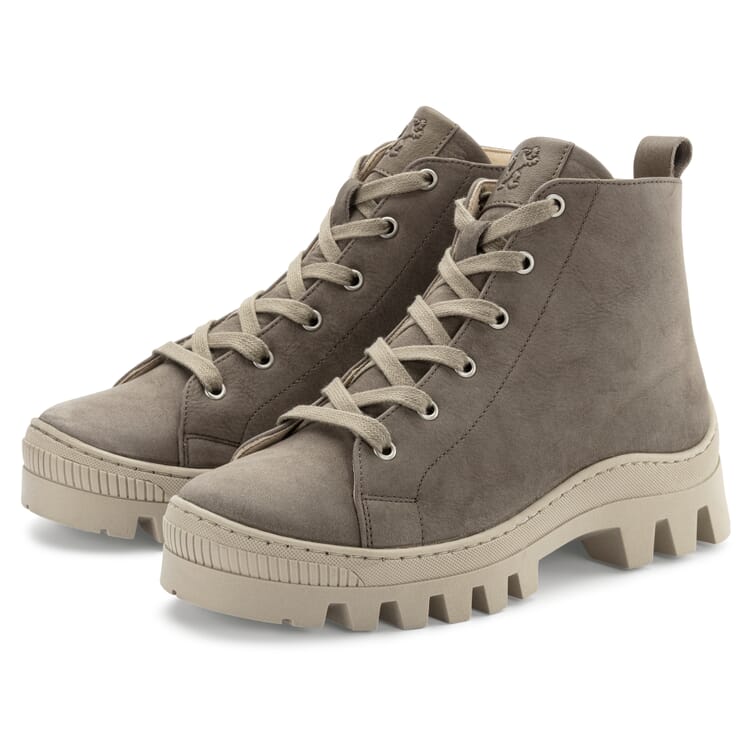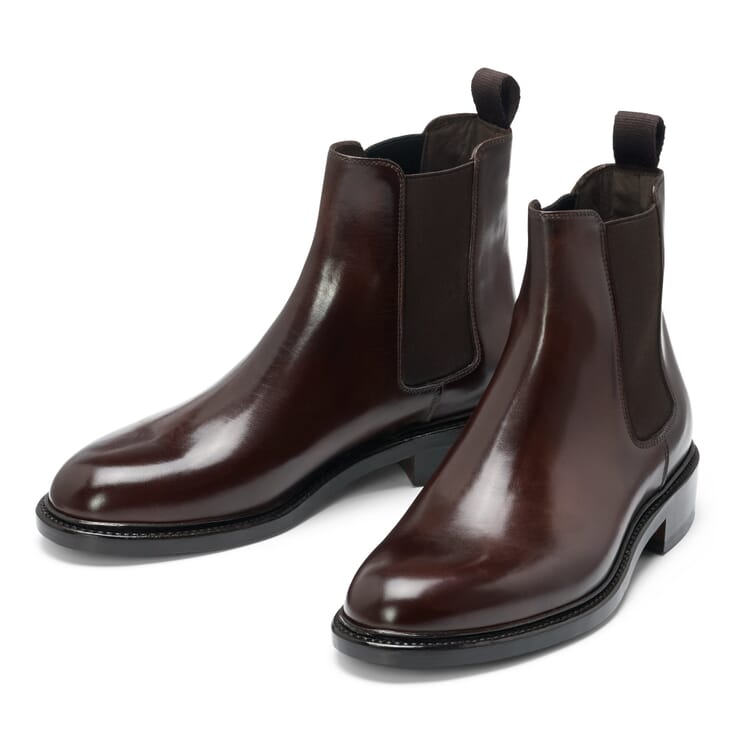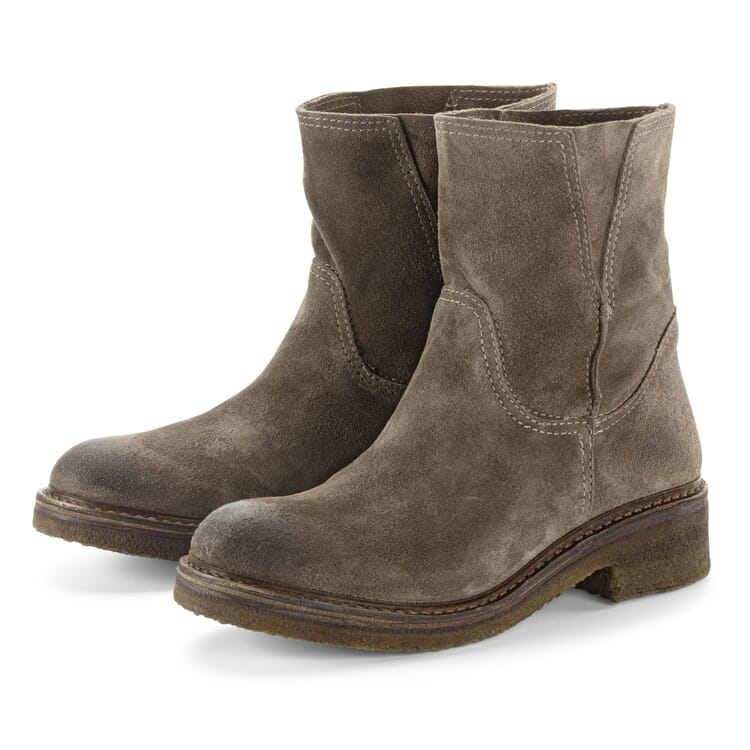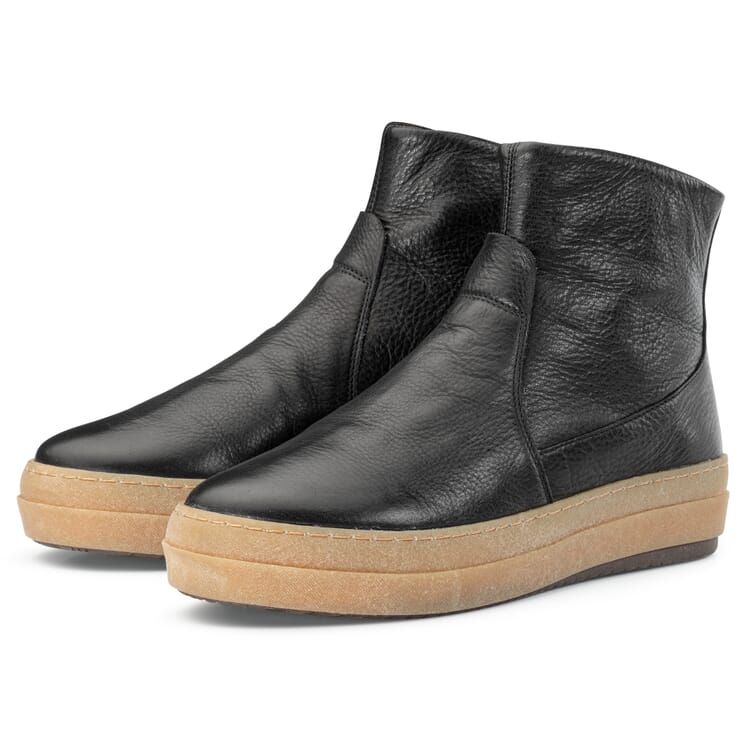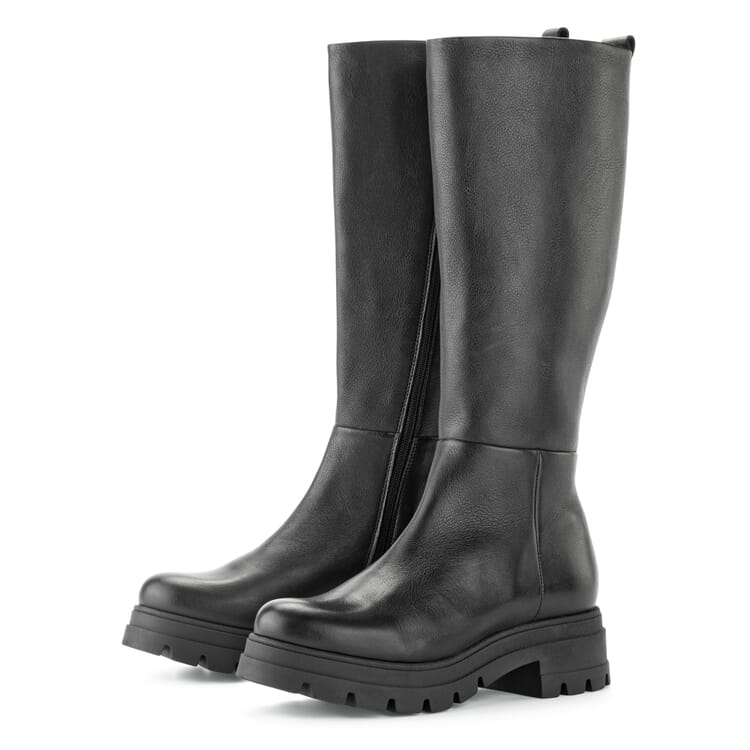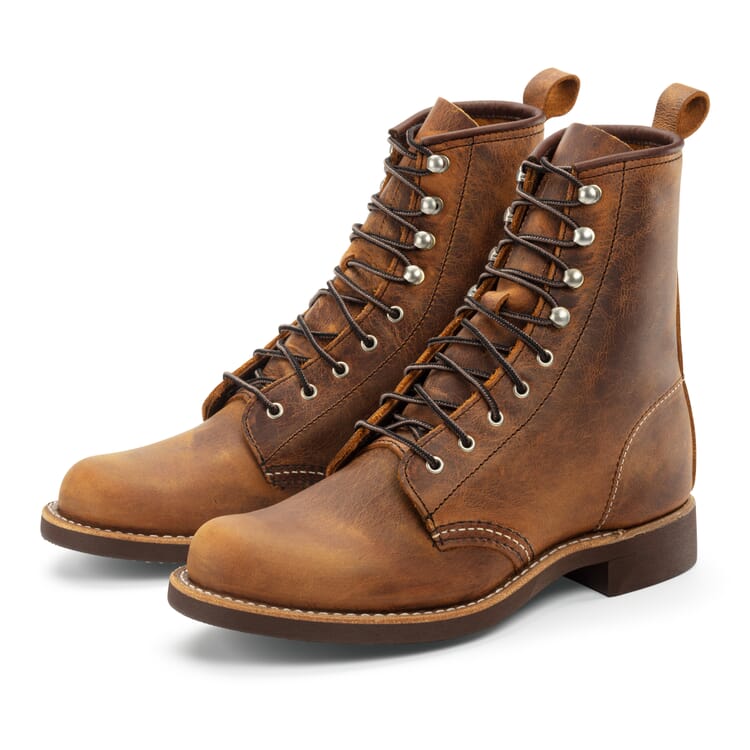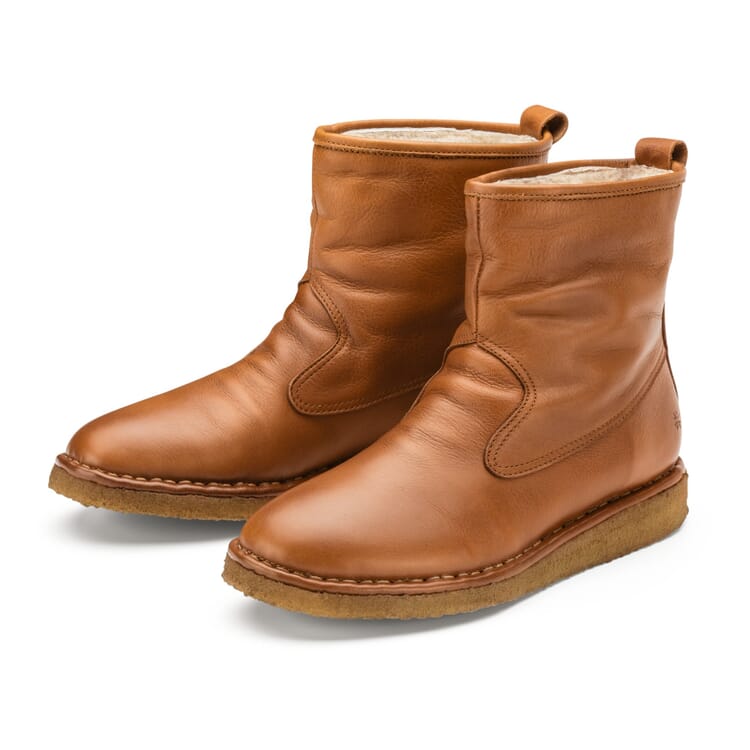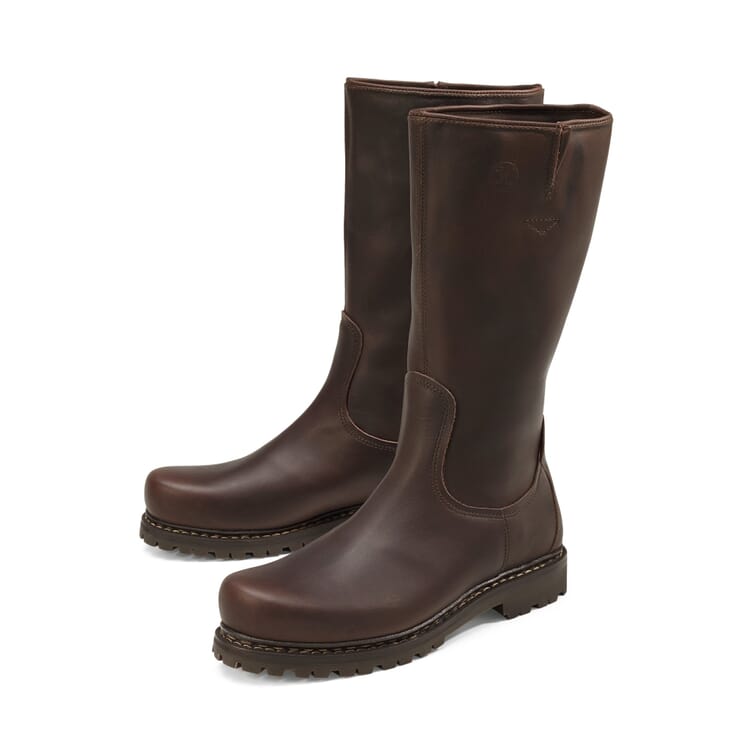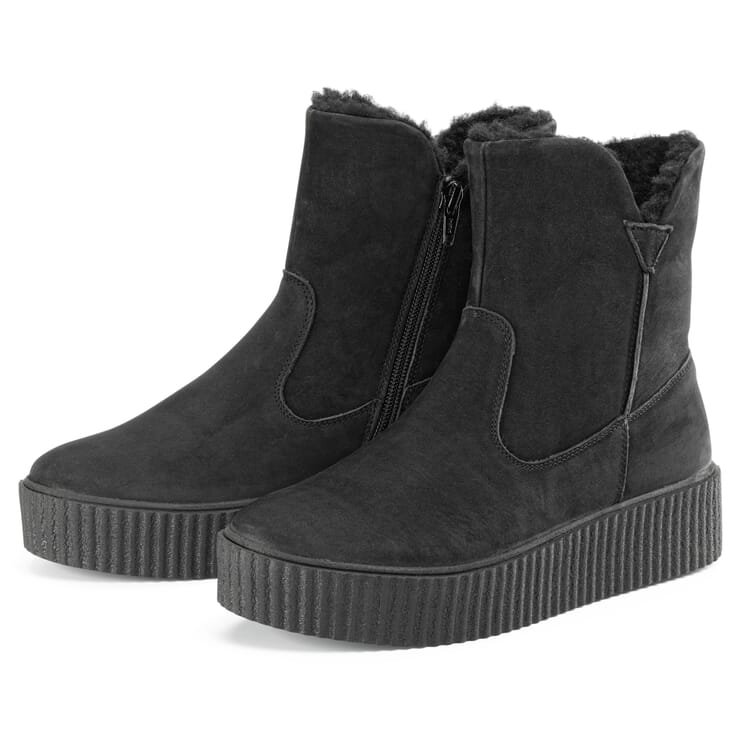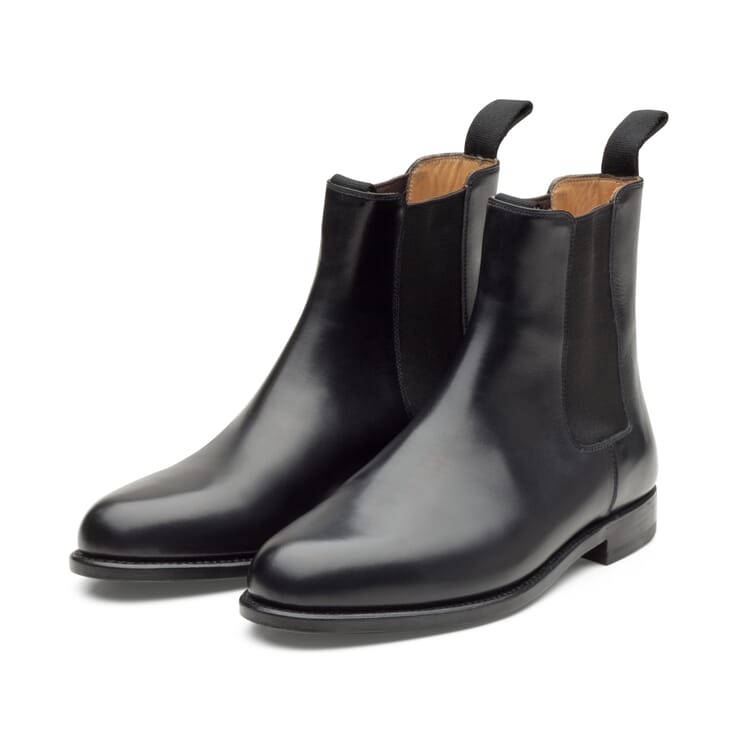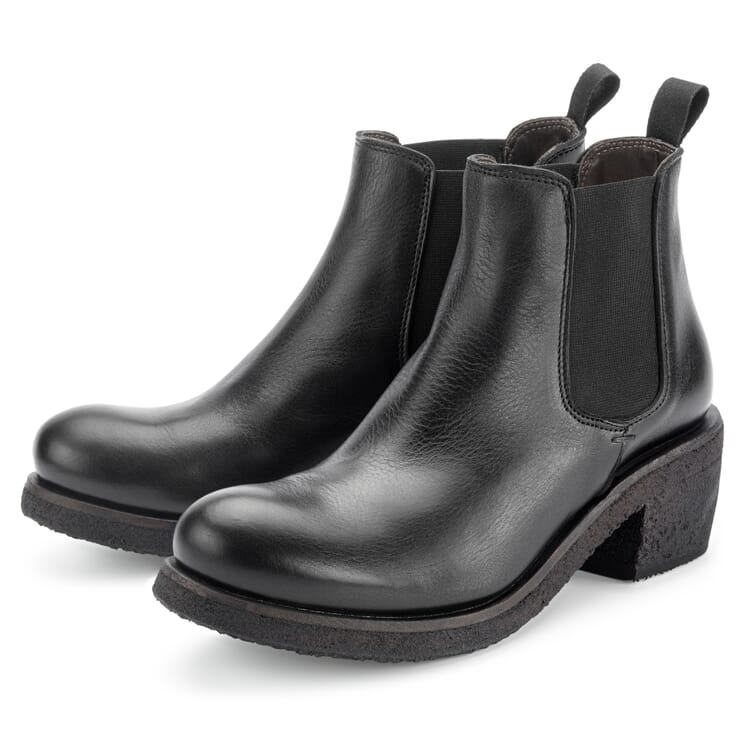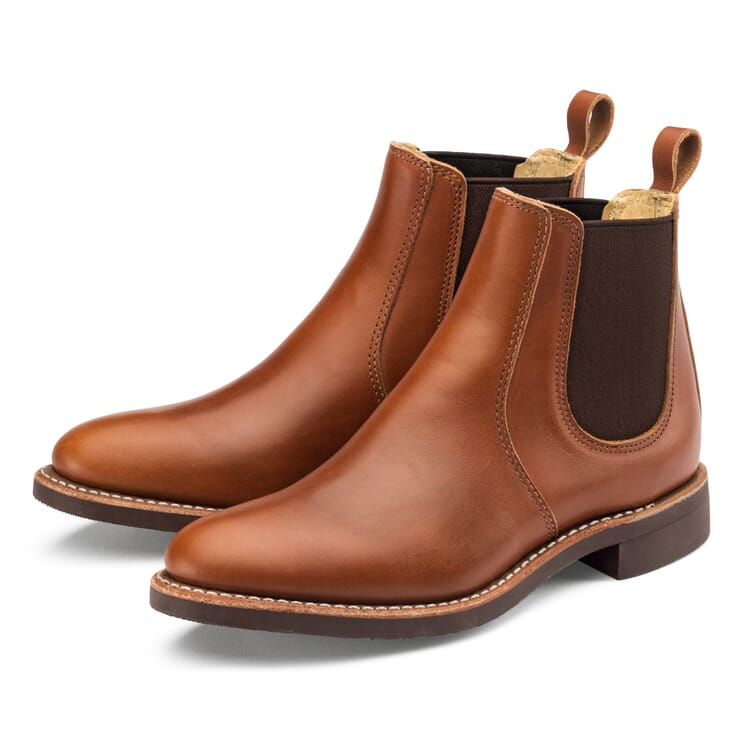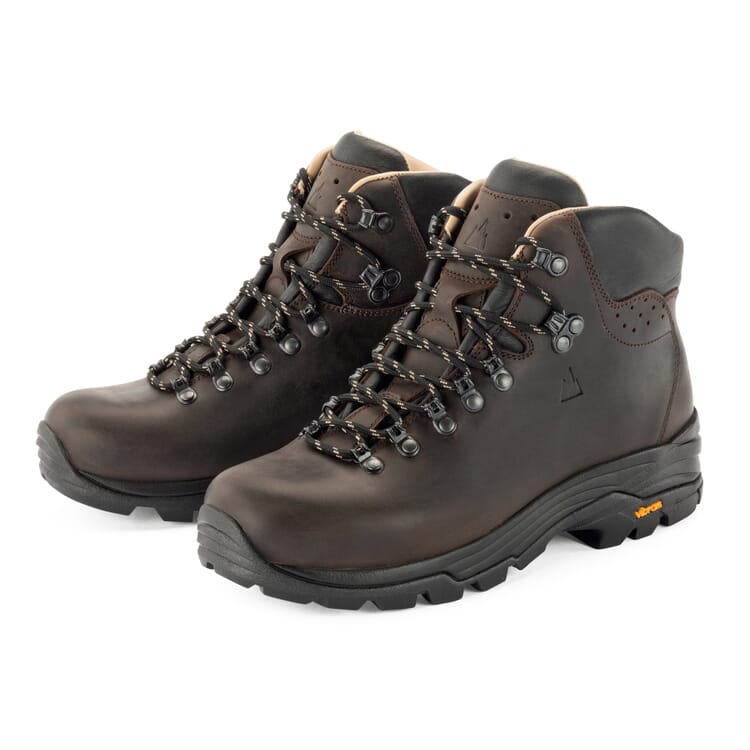- Outdoor lighting design
- Balcony fruit. Rich harvest in the smallest space
- Bella crema. Tips for the preparation of espresso
- Create and green Benjes hedges
- Bee friendly perennials
- Tying variants for scarves
- Flowering ornamental shrubs. 12 tips on selection, location and care
- How to bake bread
- Bullet Journal. Ideas for a creatively designed notebook
- The right juicer. A question of type
- The classic shave with razor and straight razor
- The optimal wet shave
- The advantages of a badger hair brush
- The choice of coffee maker
- Choosing the right pillow
- How to make ice cream and sorbets
- Against thirst. Drinking bottles
- Barbecue with the Big Green Egg
- Recognize good kitchen knives
- Good pocket knives
- How to recognize a good tool
- Shirt collar. Small collar science
- Coffee. From the bush to roasting
- Making coffee. Completely without pressure
- Which pan for which purpose?
- How to Pack a Suitcase
- Knife Sharpening & Sharpening
- Naturally antistatic. Carpets from natural fibers
- Sleep well, of course. With the right bedding
- How to make Pasta
- Plant propagation. About cuttings or seeds
- Wet Shaving or Dry Shaving?
- Scissors science. Garden shears for every purpose
- How to Care for Shoes
- How to make soap
- Tips for buying shoes. How should shoes fit?
- Which planter for which plant?
- How to recognize a good espresso
- How to recognize a good garden table
Helpful tips
Good shoes. Fit, do not wobble and have air


In 2010, the German Shoe Institute (DSI) and the Federal Association of the German Shoe Industry (HDS) published a study that caused quite a stir, and not only in the shoe industry: the German Foot Report. For decades, the study had been based on outdated measurements taken in the 1960s in the GDR and not updated since. Now, however, 10,400 feet have been re-measured and universally valid conclusions drawn. The result: 80% of all Germans wear shoes that do not fit them. Men's shoes are even 87% wrongly chosen. This makes you wonder: What's going wrong?
What doesn't fit is made to fit?
"If you want to forget all the worries of this world, all you have to do is wear shoes that are one size too small," Mark Twain once said. And he is right:
- In shoes that are too small, the feet are compressed and the toes are squashed.
- Possible consequences of this are: Circulatory problems in the legs and foot deformities, which in turn can bring joint wear, arthrosis, swelling, inflammation and cartilage damage
- But the shoes themselves also suffer. Even with high-quality shoes, the supple leathers in the toe and heel area are quickly kicked over the sole, namely whenever the shoes are too short - if they are too narrow, on the other hand, the bunion area suffers.
What Mark Twain, on the other hand, let slip under the radar: Shoes that are too big also do massive damage:
- If the shoes are too wide, the foot slides forward unhindered with every step, which also results in the toes being squeezed. At the same time, there is too much space to the rear and the foot flopped
- Overly long shoes, on the other hand, prevent adequate rolling. Gait changes and excessive stress on the joints are the result, which in turn can lead to knee and hip problems or even headaches. In extreme cases, the forefoot can even stiffen.
This could fit you like this. Or: How should shoes fit?

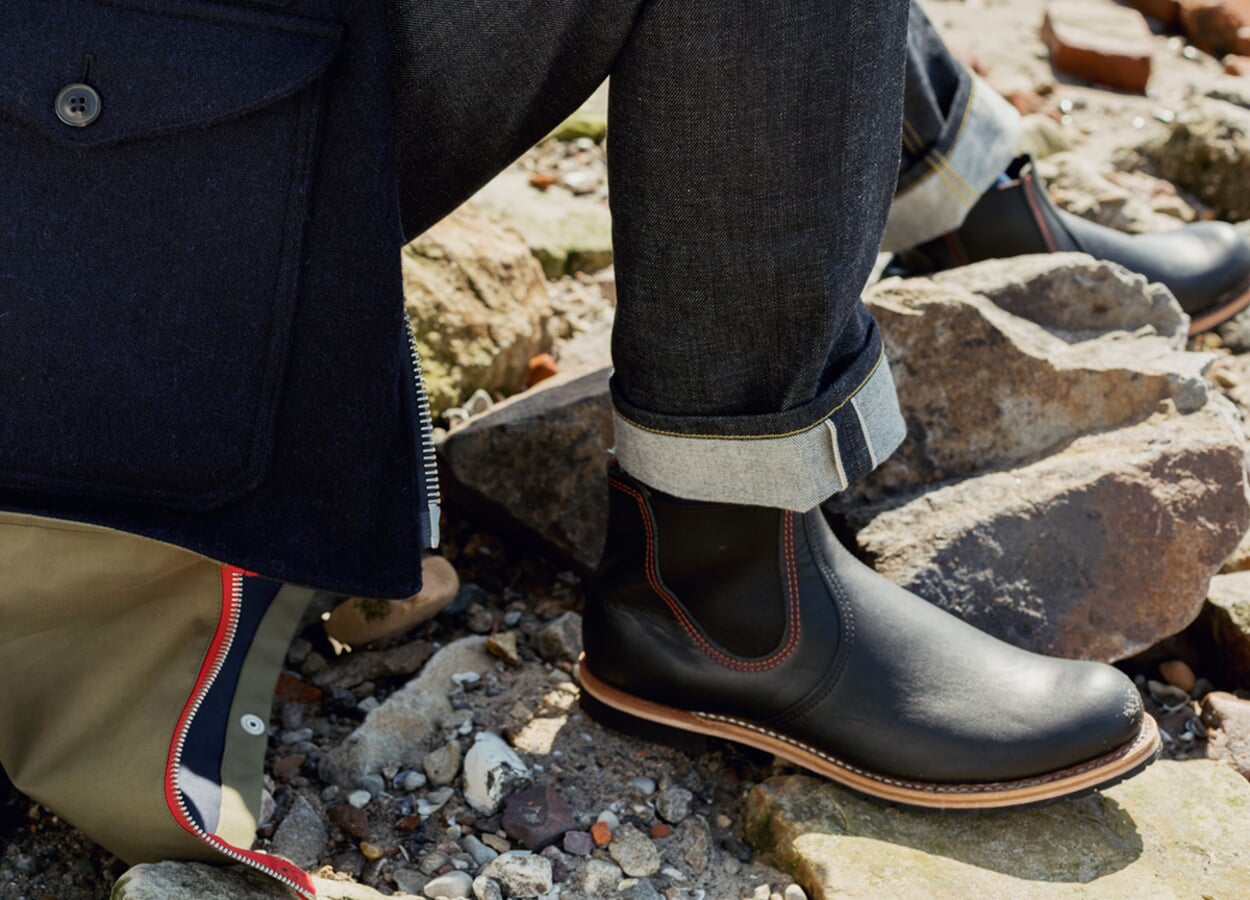
Important, so that you can enjoy your shoes for a long time (or at all), is the right fit, whereby fit is not the same as shoe size. Rather, the size as well as the width, the last shape, which among other things determines the height of the instep, the shoe model as well as the shoe type and finally the curvature - that is, the shaping of the sole, which determines the distance of the tip of the foot and the heel from the ground - all have an effect on the fit. No wonder that with so many factors it is difficult to find shoes that fit, regardless of whether they are children's, women's or men's.
What should you therefore look for when buying shoes?
- Shoes must fit when sitting, standing and walking. This sounds obvious, but is not so easy to implement, because on the one hand, the foot expands in length by up to two centimeters when walking, and on the other hand, the volume of the foot increases with increasing load. The total shoe length should therefore ideally be ten (some say up to 25) millimeters longer than the foot in its resting position. This "addition" - as the experts call the added centimeters - ensures that the toes pushing forward during rolling are not bumped or even squashed.
- While a shoe should offer sufficient width in the area of the toes and toe joints - on the one hand to prevent deformation of the feet and on the other hand to maintain the musculature in this area and to strengthen surefootedness -, it must fit the midfoot like a second skin, but without constricting it. A stable fit in this area supports the foot and prevents slipping in the shoe. Classic leather shoes have an easier time fulfilling this task than softer casual shoes. However, make sure that these also have a firm hold
- In the area of the heel and the instep, the foot should also sit firmly so that it does not slip forward. In the optimum case, heel caps on both sides prevent kinking and thus protect the ligaments
- It is not uncommon for people to have feet of different sizes. Buying two different pairs of shoes and wearing only one at a time is probably not a serious solution in most cases. Therefore, always adjust the shoes to the larger foot. Insoles help to compensate for the differences in length of the smaller foot
- As a general rule, a shoe should protect the foot but not restrict its freedom of movement. The prerequisite for this is that the sole is sufficiently flexible. Frame-sewn shoes are somewhat less flexible than other models due to their construction, but compensate for this by avoiding stiffening glues and using high-quality materials.
- It is best to buy shoes that are to be worn all day in the afternoon. Bought too early in the day, they will be too tight in the evening; bought too late, they will slip in the morning. Finding shoes with the optimum fit is a complex task. And it's one that can't be checked off just once - at least not if you don't want to buy the same shoe every time - but one that presents itself anew every time you buy shoes. Shoe sizes offer orientation values, but since they are not standardized and - let's be honest - every manufacturer cooks his own soup here, you can't assume that "once a size 43" also means "always a size 43". The only way to find out if your new shoes fit is to try them on. A comfortable fit right from the first test is the basic requirement for the shoes and you to become a good team. Thinking "they'll break in" is not wrong in principle, because a good shoe adapts to the wearer to a certain extent. However, if they pinch and squeeze right from the start, you'd better bury your hopes of a shared future right away.













